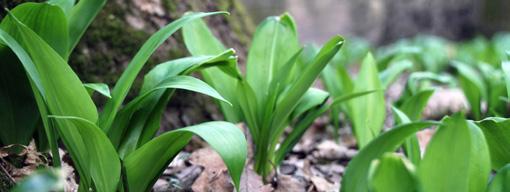
4 minute read
FUTURE OF THE PLANET TAKING ON SHADES OF BLUE
• BY ISABELLE BURGUN
Are we capable of repairing the environmental mistakes we’ve made? A number of initiatives suggest that we humans can put some indicators back on the right track. The improvement in the state of the ozone layer is a perfect example. This layer of the Earth’s atmosphere that absorbs the sun’s rays and protects us from ultraviolet radiation had a hole in it in the 1980s two and a half times the size of Canada! The cause of the hole was chlorofluorocarbons (CFCs), chemical compounds used for refrigeration, cleaning and aerosols. Since the adoption of the Montreal Protocol in 1987, and especially since the 2000s, the ozone layer has been on the mend: its thickness is increasing by 1% to 3% every decade.
The current commitment of 196 countries to reduce their emissions of these destructive chemicals brings hope that the ozone layer will regenerate completely in the northern hemisphere and mid-latitude regions by 2030 and in polar regions by 2060.
Same story for acid rain, which is down strongly. This form of precipitation damaged large swathes of evergreen forest across North America as a result of the acidity produced by increased sulphur dioxide (SO 2 ) released into the atmosphere by the burning of fossil fuels. Measures taken in the early 1980s—equipping motor vehicles with catalytic converters, closing some coal-fired power plants and reducing the sulphur content in fuels—have gone a long way to addressing this problem and its harmful effects on the environment.
BIRDS AND WILD LEEK
More locally, our list of endangered species is declining. The peregrine falcon population, which for 40 years was known to be vulnerable, has rebounded across Canada. The establishment of a breeding program designed to reintroduce it into its former ecosystem, coupled with the banning of the toxic pesticide DDT (dichlorodiphenyltrichloroethane), has given a new lease on life to this small winged predator.
Even wild leek, an iconic endangered species in Quebec, is enjoying something of a renaissance thanks to forest foodies’ increased ecological awareness and the establishment of a wild leek education and restoration program. In 1989, Quebec was one of the first jurisdictions in Canada to adopt legislation on threatened or vulnerable species, which protects wild leek from harvesting and destruction.
The Sem’Ail program, run by the Biodôme de Montréal, has been implemented in six regions of Quebec that have been severely affected by the decline of wild leek: Montérégie, the Laurentians, Lanaudière, Outaouais, Montréal and Laval. This conservation initiative, a citizen science program, resulted in the planting of a million wild leek seeds and the replanting of 440,000 bulbs in forest undergrowth. In addition, an educational part of the program, designed to raise young people’s awareness and turn them into conservation contributors, is continuing in schools. Under the program, students plant wild leek seeds in local forests and thereby create new colonies in their communities.

Wild leek
PHOTO Shutterstock/Carlos Amarillo
THE ATMOSPHERE AND SOIL
The report of the Intergovernmental Panel on Climate Change (IPCC), published in the fall of 2018, puts forward solutions to limit global warming to less than 1.5°C. Some have already been implemented in an effort to help us resolve the climate predicament: make cities and communities sustainable by focusing on greening and the reduction of heat islands, promote the preservation of clean water and water purification, opt for clean, renewable energy sources, reduce poverty and inequality, but also promote the value of education and raise awareness of environmental issues.
The IPCC also proposes geoengineering solutions—such as carbon capture and storage, afforestation and reforestation— designed to modify the composition of the Earth’s atmosphere as a means of reducing global warming. While it is still better to limit the loss of forest diversity and deforestation, replanting trees in areas where there aren’t any (afforestation) would help compensate for the emission of 1 to 7 gigatonnes of CO 2 a year between now and 2050 by planting 500 million hectares with new trees.
The IPCC has even published a “special report” on climate change and land that suggests solutions to help take care of our land and make it more resilient to climate variability. The purpose of land restoration is to absorb the carbon currently in the atmosphere, so as to mitigate the warming caused by greenhouse gases.
The Regeneration Canada movement is likewise promoting ways to regenerate soil, such as favouring cover crops that help conserve humidity and reduce weed growth, and going back to some age-old practices: minimizing tillage so as not to exhaust the soil, cultivating edible plants and growing a wide variety of vegetation.
Today, we all have tools of change we can use to give shades of blue back to our future. Now it’s up to us to take control of them and make positive changes for our planet!











